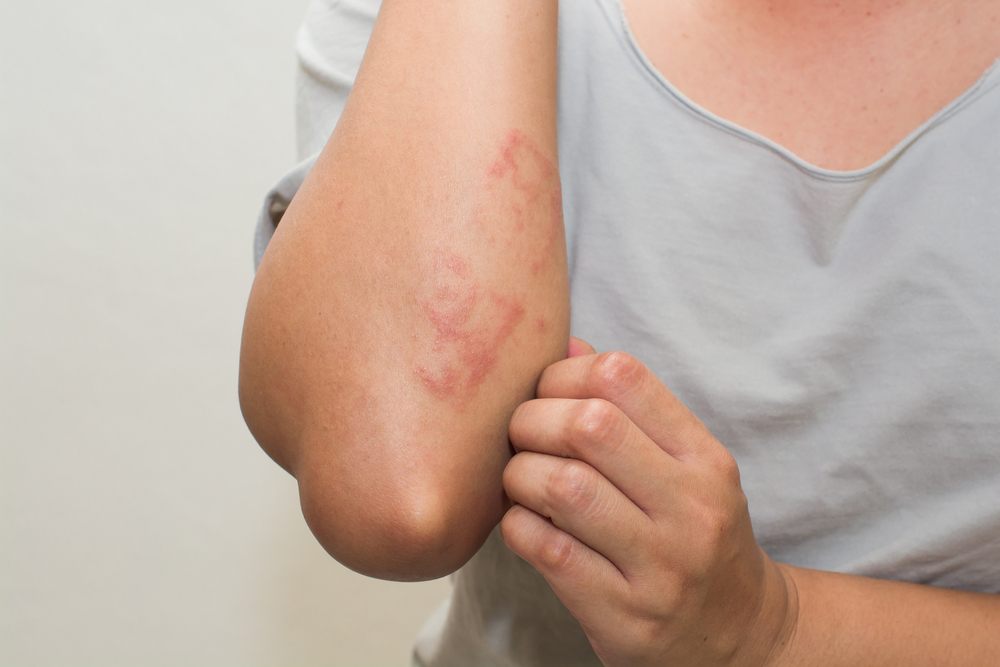Rare Sarcoidosis Case Could Offer Insight on Disease’s Cause

A very unusual case in which a woman simultaneously developed pulmonary sarcoidosis and the rare skin disease pemphigus herpetiformis could provide some insight on what causes sarcoidosis, according to researchers at the Mayo Clinic.
The study, “Concomitant pemphigus herpetiformis and sarcoidosis,” was published in the journal JAAD Case Reports.
The patient, a 44-year old woman, caught the doctors’ attention when she sought care for a sudden itchy rash and shortness of breath. A chest computed tomography (CT) scan revealed enlarged lymph nodes, and a lymph node biopsy confirmed the hallmark feature of sarcoidosis — noncaseating granulomas, or masses of inflammatory cells with a particular look.
There were several pink plaques on the woman’s chest and abdomen, and they were worse in areas of friction or where she had scars from previous surgery. The doctors analyzed a skin sample and found immune cells around the blood vessels, as well as the presence of antibodies and immune factors called complement.
The woman also had increased levels of an antibody called desmoglein 3 in her blood. Autoantibodies against desmoglein 1 are common in pemphigus herpetiformis, although patients have been known to express other antibodies, including desmoglein 3.
Doctors diagnosed the woman with pemphigus herpetiformis. Further analyses by the lung physicians revealed that her lymph nodes were enlarged, and she had elevated levels of angiotensin converting enzyme, leading the doctors to conclude that she had primary sarcoidosis and pemphigus herpetiformis.
She was treated with corticosteroids, both inhaled and topical, and reacted well to the treatment. After a year, the skin condition worsened and had to be treated with minocyclin.
Although there are no known links between the two conditions, their simultaneous appearance and linked disease severity made the team suspect that they might be related. The team noted that the immune cytokine IL-8 is involved in both diseases. Also, a signaling pathway involved in inflammatory processes, centered around a molecule known as p38, can be activated by disease processes in both disorders.
Based on the findings, the team speculated that the inflammatory state during sarcoidosis, with high levels of IL-8 and activation of the p38 pathway, might enable the development of pemphigus herpetiformis in a person who has antibodies against desmoglein.






